Year 2
The English curriculum is built around the three interrelated strands of language, literature and literacy. Teaching and learning programs should balance and integrate all three strands. Together, the strands focus on developing students' knowledge, understanding and skills in listening, reading, viewing, speaking, writing and creating. Learning in English builds on concepts, skills and processes developed in earlier years, and teachers will revisit and strengthen these as needed.
In Year 2, students communicate with peers, teachers, students from other classes and community members.
Students engage with a variety of texts for enjoyment. They listen to, read, view and interpret spoken, written and multimodal texts in which the primary purpose is to entertain, as well as texts designed to inform and persuade. These encompass traditional oral texts, picture books, various types of print and digital stories, simple chapter books, rhyming verse, poetry, non-fiction, film, multimodal texts, dramatic performances and texts used by students as models for constructing their own work.
The range of literary texts for Foundation to Year 10 comprises Australian literature, including the oral narrative traditions of Aboriginal and Torres Strait Islander Peoples, as well as the contemporary literature of these two cultural groups, and classic and contemporary world literature, including texts from and about Asia.
Literary texts that support and extend Year 2 students as independent readers involve sequences of events that span several pages and present unusual happenings within a framework of familiar experiences. Informative texts present new content about topics of interest and topics being studied in other areas of the curriculum. These texts include language features such as varied sentence structures, some unfamiliar vocabulary, a significant number of high-frequency sight words and words that need to be decoded phonically, and a range of punctuation conventions, as well as illustrations and diagrams that support and extend the printed text.
Students create a range of imaginative, informative and persuasive texts including imaginative retellings, reports, performances, poetry and expositions.
(source: www.australiancurriculum.edu.au)
Achievement Standard
Receptive modes (listening, reading and viewing)
By the end of Year 2, students understand how similar texts share characteristics by identifying text structures and language features used to describe characters and events, or to communicate factual information.
They read texts that contain varied sentence structures, some unfamiliar vocabulary, a significant number of high-frequency sight words and images that provide extra information. They monitor meaning and self-correct using knowledge of phonics, syntax, punctuation, semantics and context. They use knowledge of a wide variety of letter-sound relationships to read words of one or more syllables with fluency. They identify literal and implied meaning, main ideas and supporting detail. Students make connections between texts by comparing content. They listen for particular purposes. They listen for and manipulate sound combinations and rhythmic sound patterns.
Productive modes (speaking, writing and creating)
When discussing their ideas and experiences, students use everyday language features and topic-specific vocabulary. They explain their preferences for aspects of texts using other texts as comparisons. They create texts that show how images support the meaning of the text.
Students create texts, drawing on their own experiences, their imagination and information they have learnt. They use a variety of strategies to engage in group and class discussions and make presentations. They accurately spell words with regular spelling patterns and spell words with less common long vowel patterns. They use punctuation accurately, and write words and sentences legibly using unjoined upper- and lower-case letters.
(source: www.australiancurriculum.edu.au)
- Plus Plan
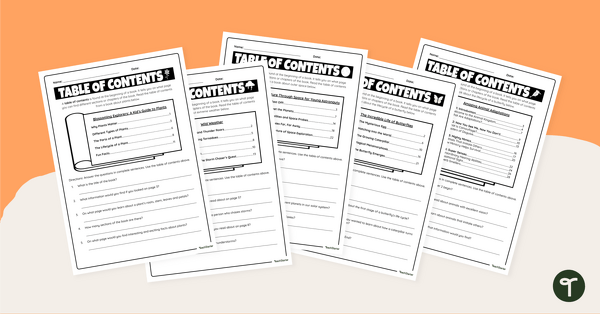
Using Tables of Contents Worksheets
Download these table of contents worksheets to provide your students with practice working with this valuable non-fiction text feature.
- Plus Plan
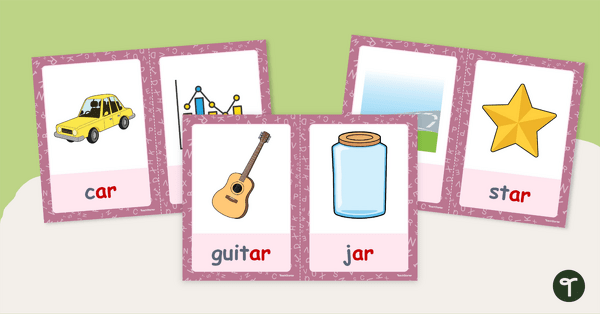
Ar Digraph Words With Images
Learn words that contain the 'ar' digraph with these word and picture flashcards.
- Plus Plan
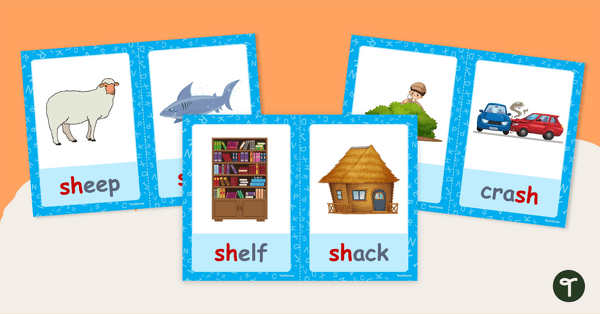
Sh Digraph Words With Images
Learn words that contain the 'sh' digraph with these word and picture flashcards.
- Plus Plan

Wh Digraph Words With Images
Learn words that contain the 'wh' digraph with these word and picture flashcards.
- Plus Plan
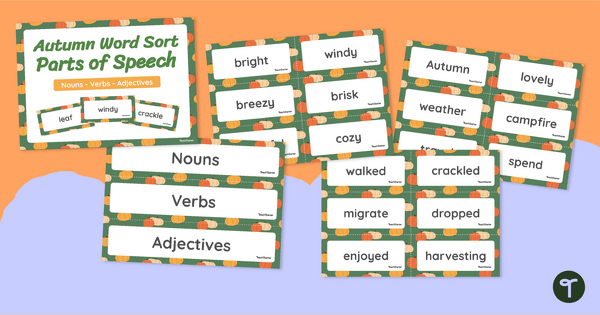
Autumn Parts of Speech Sort
Review three parts of speech by sorting nouns, verbs, and adjectives with a parts of speech sorting activity.
- Plus Plan
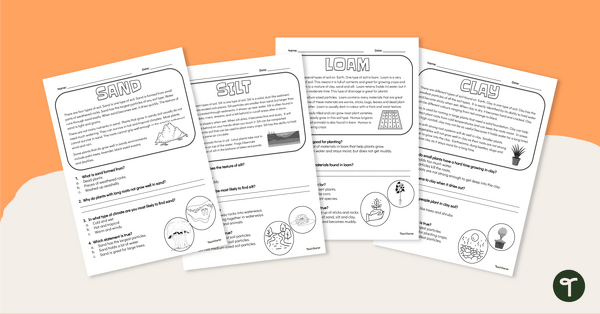
Types of Soils – Comprehension Worksheets
Explore the properties of sand, silt, loam and clay with a set of 4 reading passages with accompanying comprehension questions.
- Plus Plan
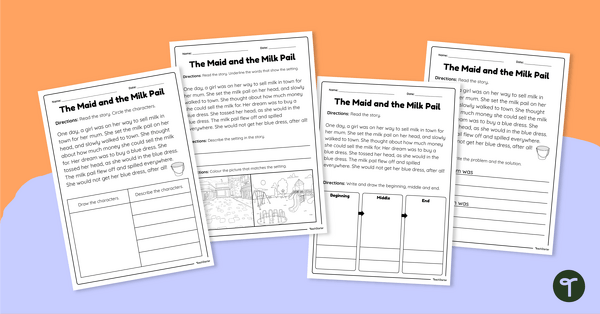
Story Elements Worksheets – The Maid and the Milk Pail
Practise identifying the story characters, settings and main events with this set of worksheets based on a traditional tale.
- Plus Plan
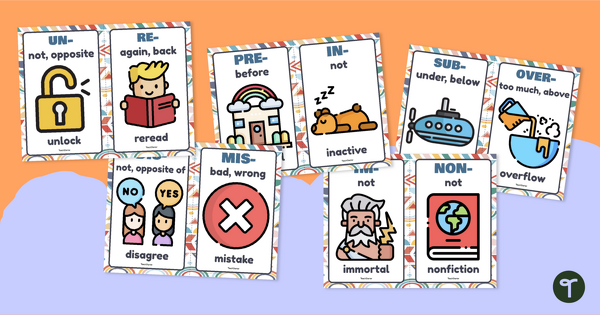
Mini Anchor Charts - Prefixes
Give your students a visual reminder of the meanings of 36 different prefixes with a printable set of miniature prefix anchor charts.
- Plus Plan
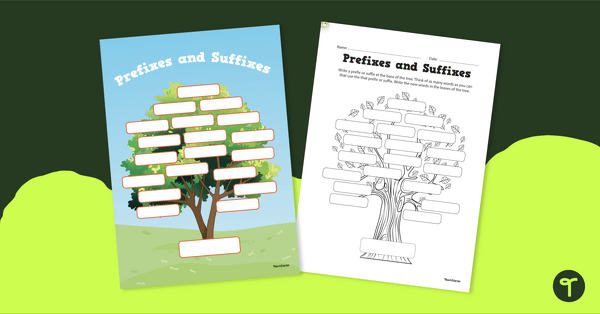
Affix Word Tree - Poster & Worksheet
Encourage vocabulary development with printable affix word tree anchor chart and worksheet
- Plus Plan
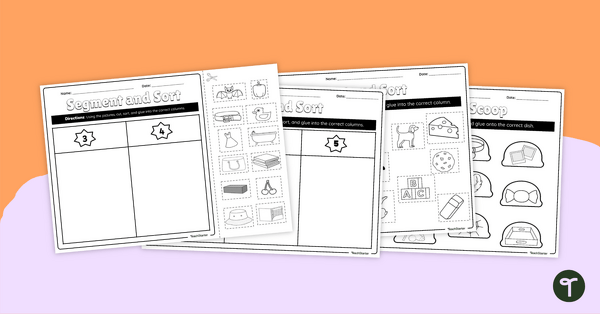
Phoneme Segmentation and Sorting Cut-and-Paste Worksheets
Count, cut and paste to practise segmenting words into their phonemes with this worksheet pack.
- Plus Plan
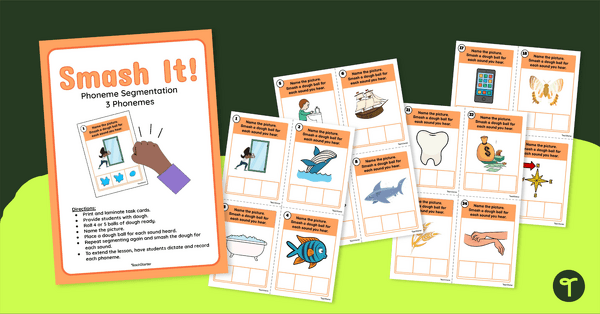
Segmenting 3 Phonemes Activity - Smash It!
Practise segmenting 3-phoneme words with this set of playdough smash task cards.
- Plus Plan
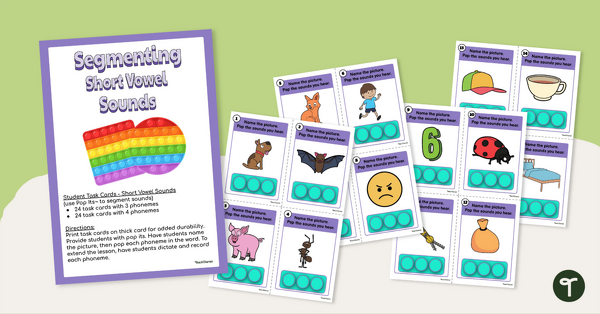
Pop Phonemes - Segmenting Short Vowel Words
Review phoneme segmentation by popping each phoneme using these task cards.
- Plus Plan
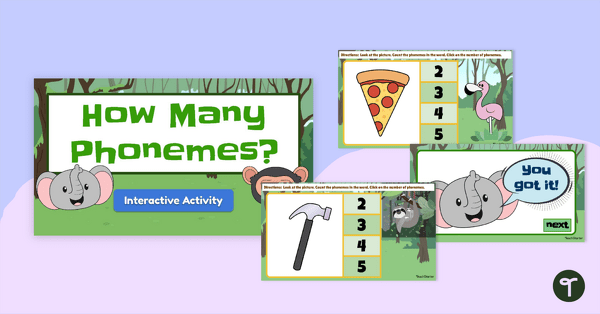
How Many Phonemes? Interactive Activity
Practise breaking words into their phonemes with this fun forrest-themed interactive activity.
- Plus Plan
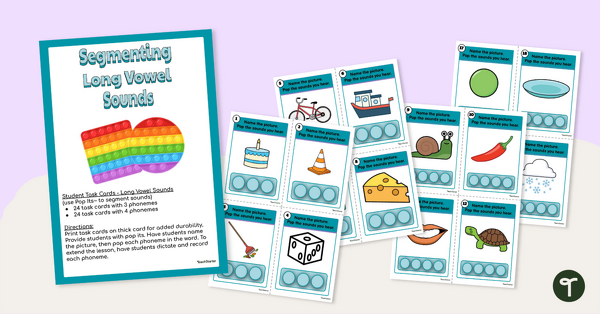
Pop Phonemes - Segmenting Long Vowel Words
Review phoneme segmentation by popping each phoneme using these task cards.
- Plus Plan

Break It Up! 2-Phoneme Word Segmentation Task Cards
Practise breaking down words with 2 phonemes into their sounds with this set of 18 task cards.
- Plus Plan
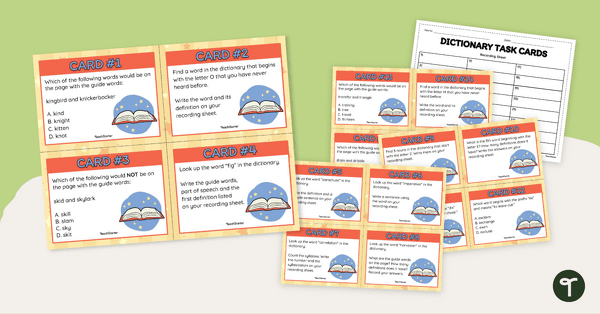
Dictionary Skills Task Cards - Set 1
Practise dictionary skills with this set of task cards.
- Plus Plan
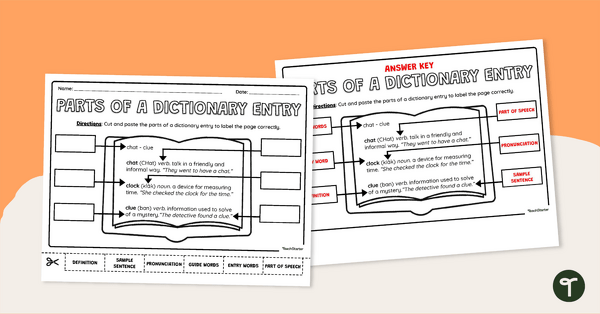
Dictionary Entry Cut and Paste Worksheet
Practise identifying the parts of a dictionary entry with this cut-and-paste worksheet.
- Plus Plan
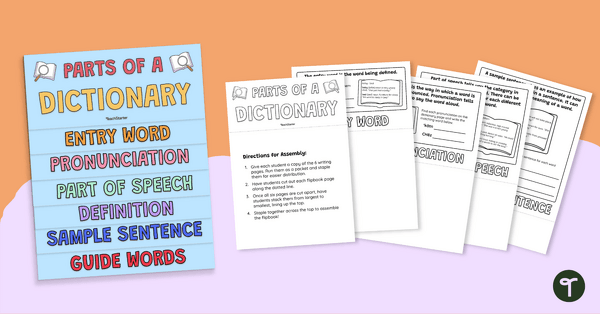
Parts of a Dictionary Entry Flipbook
Learn and practise dictionary skills with this Parts of a Dictionary Entry Flipbook.
- Plus Plan
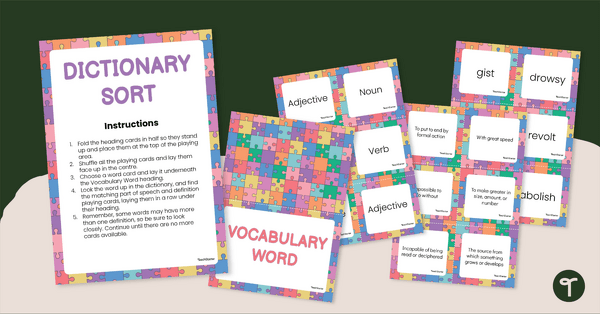
Dictionary Sorting Game
Get students in the habit of researching with our dictionary activity that helps learners match a word to its definition and part of speech.
- Plus Plan

Dictionary Skills - Guide Words Teaching PowerPoint
Learn how to use guide words to find words in a dictionary with this teaching PowerPoint.
- Plus Plan
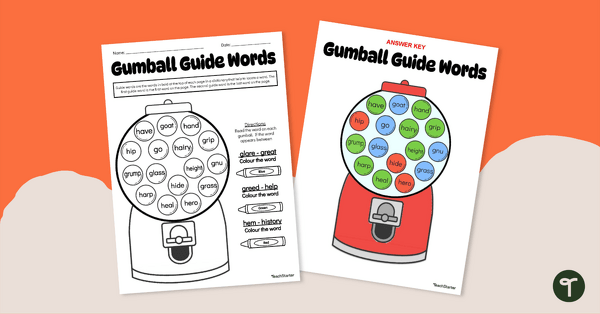
Gumball Guide Words Worksheet
Practise identifying words within guide words from a dictionary with this fun gumball-themed worksheet.
- Plus Plan
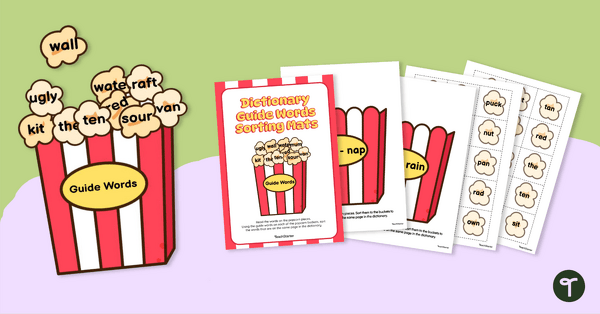
Dictionary Skills - Guide Words Sorting Mats
Practise using guide words to help find words in a dictionary with this popcorn-themed sorting activity.
- Plus Plan
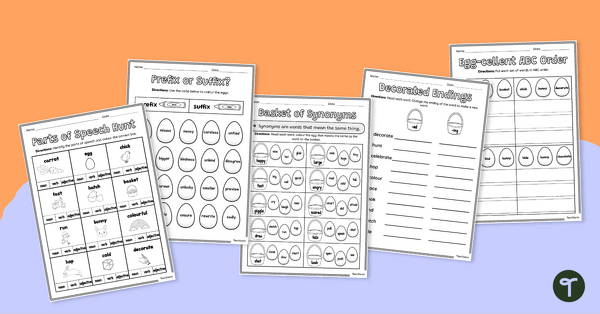
Easter Worksheets - Grammar Practise
Practise skills learnt in literacy with this Easter-themed grammar activity pack.
- Plus Plan
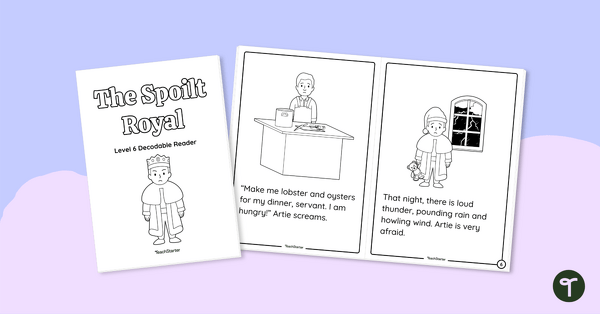
The Spoilt Royal - Decodable Reader (Level 6)
Develop confident, successful readers with this phonics-based, printable decodable book.
- Plus Plan
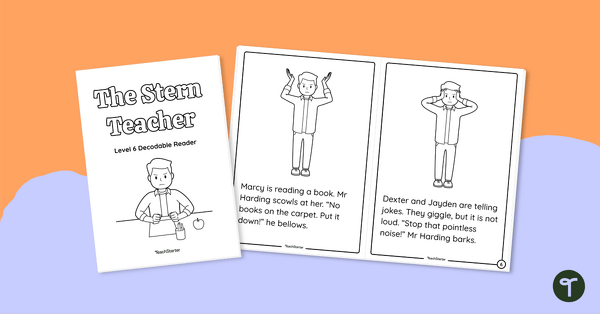
The Stern Teacher - Decodable Reader (Level 6)
Develop confident, successful readers with this phonics-based, printable decodable book.
- Plus Plan
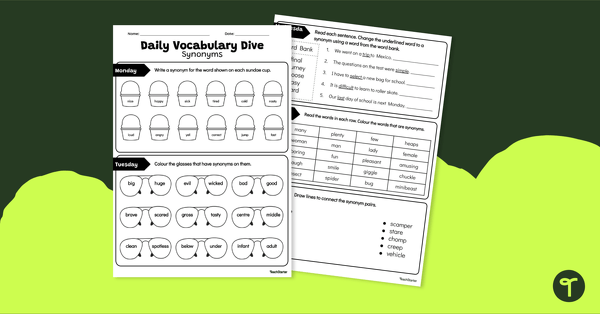
Daily Vocabulary Dive - Synonyms Worksheet
Give your students a daily dose of vocabulary practise with a five-day Synonym Review Worksheet.
- Plus Plan
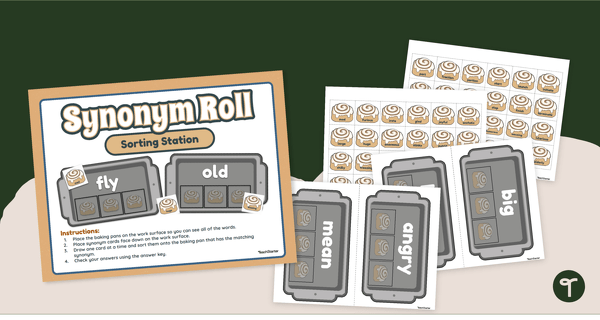
Synonym Roll Sorting Activity
Encourage your kids to take a bite out of language learning with our sweet “Synonym Roll” sorting activity.
- Plus Plan
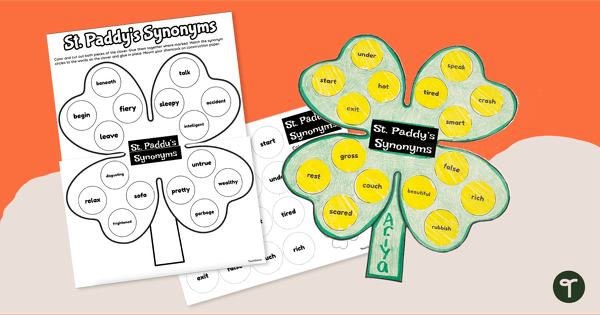
St. Paddy's Synonyms - St. Patrick's Day Craft
Practise identifying and matching synonyms with a fun St. Patrick’s Day Craft Activity.
- Plus Plan

Blending Phonemes - Word Puzzles
Practise blending sounds to encode and decode words with these hands-on word puzzles.
- Plus Plan
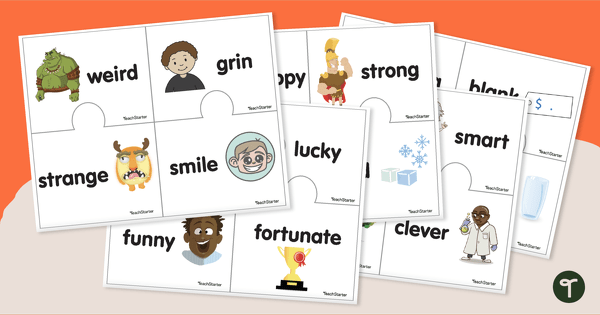
Synonyms Puzzle Activity
Practise using synonyms with a set of 22 synonym puzzles.
- Plus Plan
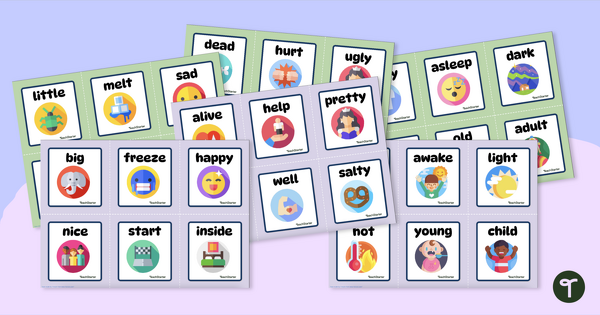
Antonym Flashcards
Boost your students vocabulary skills with a set of illustrated antonym flash cards.
- Plus Plan
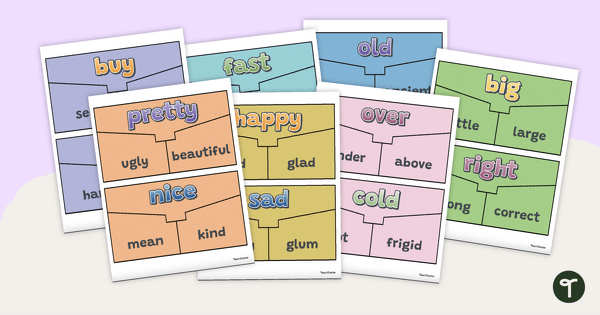
Synonyms and Antonyms - Printable Puzzles
Turn your language learners into vocabulary superstars with a fun synonym and antonym puzzle activity.